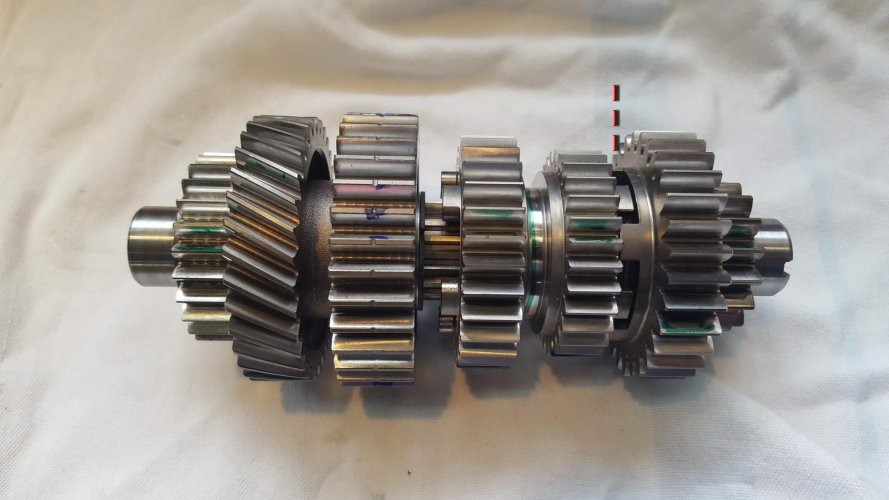2007 R1200RT, 87,385 miles.
Needed a winter project and decided to do some swing arm/drive shaft preventative maintenance. Prior to disassembly, measured free play at the rear wheel in 1st gear. 2.5 inches (63.5mm). Drive shaft sent to Machine Service, Inc. in Green Bay, Wis. and returned one week later. $260.00 plus $23.86 for shipping to Colo. In 1st gear free play now measures 1.75 inches (44.45mm) Moral of my story, even if U-Joints feel good, somewhere around 80 to 90K, I would suggest having them rebuilt. The drive shaft will probably out last me.
DP
Needed a winter project and decided to do some swing arm/drive shaft preventative maintenance. Prior to disassembly, measured free play at the rear wheel in 1st gear. 2.5 inches (63.5mm). Drive shaft sent to Machine Service, Inc. in Green Bay, Wis. and returned one week later. $260.00 plus $23.86 for shipping to Colo. In 1st gear free play now measures 1.75 inches (44.45mm) Moral of my story, even if U-Joints feel good, somewhere around 80 to 90K, I would suggest having them rebuilt. The drive shaft will probably out last me.
DP
Last edited:




